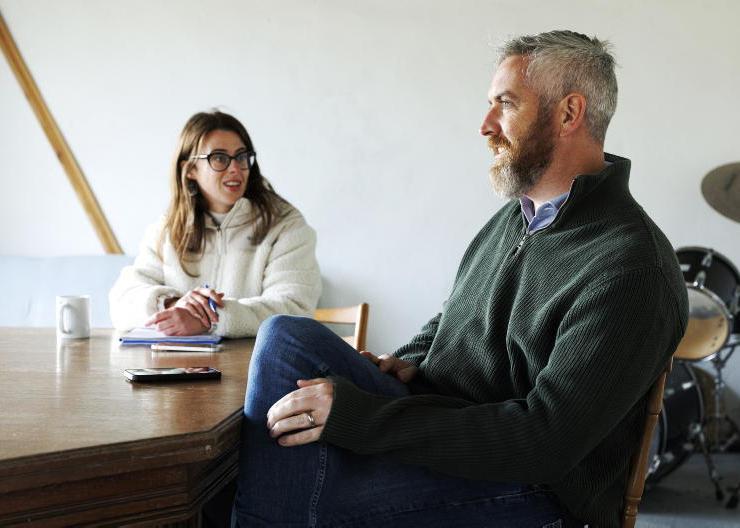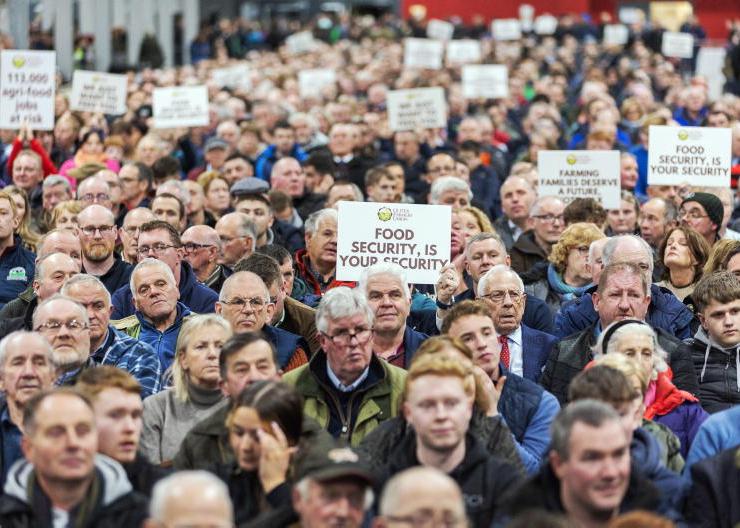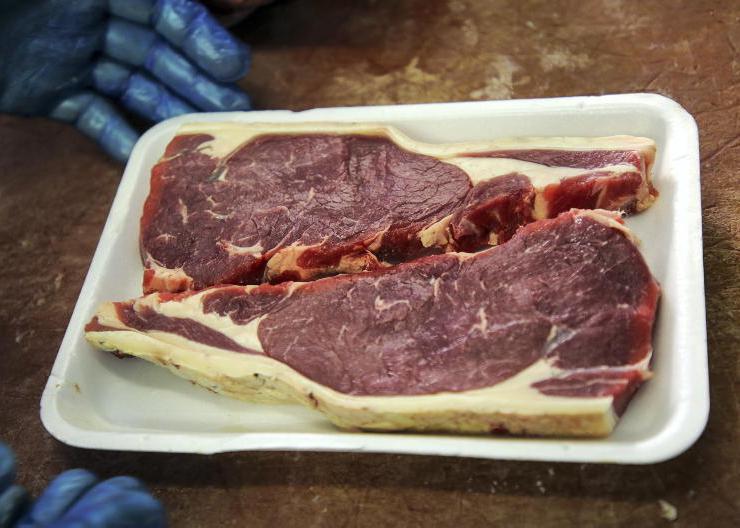Kevin McDonnell, Co Kildare
Tillage crops have the potential to produce low-carbon, sustainable ingredients for both human and animal diets. However, the role of tillage and the value of having a native cereal and protein industry has been ignored. We need to link tillage farms with animal farms (dairy, pig and poultry) to better utilise the bio-nutrients from these sectors. We need to be able to accurately characterise the nutrient value of these bio-fertiliser products (eg NIR scans) and use an online trading platform to allow value, so these products can be traded.
We need to limit the dairy farmers renting land that is tens of kilometres away in order to have paper acres for their nutrients.
These nutrients should be exported to a tillage farm – or other enterprise – that needs them. The trading platform needs to be able to issue DAFM-approved export and import licences. One way to do this is to limit the distance that a dairy farmer can export slurry for their own purposes, eg exporting slurry to rented grass land that is 50km away. The farmer can, however, export to a tillage farmer up to 50km away – as long as the tillage farmer has the soil analysis to show that they need the nutrients.
We need to accurately carbon-footprint native cereals and proteins versus imported products, and therefore produce a lower greenhouse gas (GHG) ration for animal production. We can use the same arguments to enhance the spirits industry too.
The quality assurance bodies need to get behind the assurance of native cereals and protein, and work on the market advantage of milk, beef and pork that is produced from a low GHG, native cereal ration.
Land in North Dublin has always been hard to get. From the city and suburbs expanding, to the airport and roads. But now the tillage area has more problems: solar farms and the race for more land for grass. Every day more people lose land for grass. A few acres here, a whole farm there. This is not just a local problem. It is a national one. Yet with all this going on, the Government wants the tillage area to increase.
Policies currently put into place have no joined-up thinking. Paying farmers to plough grass, while forcing other farmers to increase land areas for slurry? There are simple solutions to this. They require a bit of joined-up thinking, but they can be done. Slurry aids tillage crops, while tillage crops provide grain and straw for livestock. It’s a true circular economy. It is the basis of human civilisation, but the powers that be have somehow made such a mess of it. Potato farmers can’t even get land, what with all the other price increases.
Something needs to be done to address the madness. A start would be a more tillage-focused approach to Irish agriculture. Or a least a fair look in.
When you go to a tillage meeting or a crop walk, have a look around the room. Most of the farmers in it are 60 or 70 years old. Tillage farmers’ kids don’t see a future in tillage and some have even switched from tillage to dairy as this is where they see a future.
Tillage has been neglected for years and the new Nitrates Directive feels like the final nail in the coffin. In tillage farming, conacre and leased land tend to make up a high percentage of a farmer’s land base. Now dairy farmers need extra land to conform to the directive or cut their herd. After spending hundreds of thousands expanding their herd (on the advice of Government through Food Harvest 2020), they are now being told your stocking rate is too high get more land or cut your herd. How do we solve this issue before it’s too late? Change the tax-free leasing of land to apply just to land being leased to tillage farmers. Incentivise dairy farmers to export their slurry to tillage farmers. Incentivise stock farmers to use a whole Irish feed ration as a way of lowering their carbon emissions.
Lots can be done but if it’s not done soon it will be too late.
Kevin McDonnell, Co Kildare
Tillage crops have the potential to produce low-carbon, sustainable ingredients for both human and animal diets. However, the role of tillage and the value of having a native cereal and protein industry has been ignored. We need to link tillage farms with animal farms (dairy, pig and poultry) to better utilise the bio-nutrients from these sectors. We need to be able to accurately characterise the nutrient value of these bio-fertiliser products (eg NIR scans) and use an online trading platform to allow value, so these products can be traded.
We need to limit the dairy farmers renting land that is tens of kilometres away in order to have paper acres for their nutrients.
These nutrients should be exported to a tillage farm – or other enterprise – that needs them. The trading platform needs to be able to issue DAFM-approved export and import licences. One way to do this is to limit the distance that a dairy farmer can export slurry for their own purposes, eg exporting slurry to rented grass land that is 50km away. The farmer can, however, export to a tillage farmer up to 50km away – as long as the tillage farmer has the soil analysis to show that they need the nutrients.
We need to accurately carbon-footprint native cereals and proteins versus imported products, and therefore produce a lower greenhouse gas (GHG) ration for animal production. We can use the same arguments to enhance the spirits industry too.
The quality assurance bodies need to get behind the assurance of native cereals and protein, and work on the market advantage of milk, beef and pork that is produced from a low GHG, native cereal ration.
Land in North Dublin has always been hard to get. From the city and suburbs expanding, to the airport and roads. But now the tillage area has more problems: solar farms and the race for more land for grass. Every day more people lose land for grass. A few acres here, a whole farm there. This is not just a local problem. It is a national one. Yet with all this going on, the Government wants the tillage area to increase.
Policies currently put into place have no joined-up thinking. Paying farmers to plough grass, while forcing other farmers to increase land areas for slurry? There are simple solutions to this. They require a bit of joined-up thinking, but they can be done. Slurry aids tillage crops, while tillage crops provide grain and straw for livestock. It’s a true circular economy. It is the basis of human civilisation, but the powers that be have somehow made such a mess of it. Potato farmers can’t even get land, what with all the other price increases.
Something needs to be done to address the madness. A start would be a more tillage-focused approach to Irish agriculture. Or a least a fair look in.
When you go to a tillage meeting or a crop walk, have a look around the room. Most of the farmers in it are 60 or 70 years old. Tillage farmers’ kids don’t see a future in tillage and some have even switched from tillage to dairy as this is where they see a future.
Tillage has been neglected for years and the new Nitrates Directive feels like the final nail in the coffin. In tillage farming, conacre and leased land tend to make up a high percentage of a farmer’s land base. Now dairy farmers need extra land to conform to the directive or cut their herd. After spending hundreds of thousands expanding their herd (on the advice of Government through Food Harvest 2020), they are now being told your stocking rate is too high get more land or cut your herd. How do we solve this issue before it’s too late? Change the tax-free leasing of land to apply just to land being leased to tillage farmers. Incentivise dairy farmers to export their slurry to tillage farmers. Incentivise stock farmers to use a whole Irish feed ration as a way of lowering their carbon emissions.
Lots can be done but if it’s not done soon it will be too late.










SHARING OPTIONS